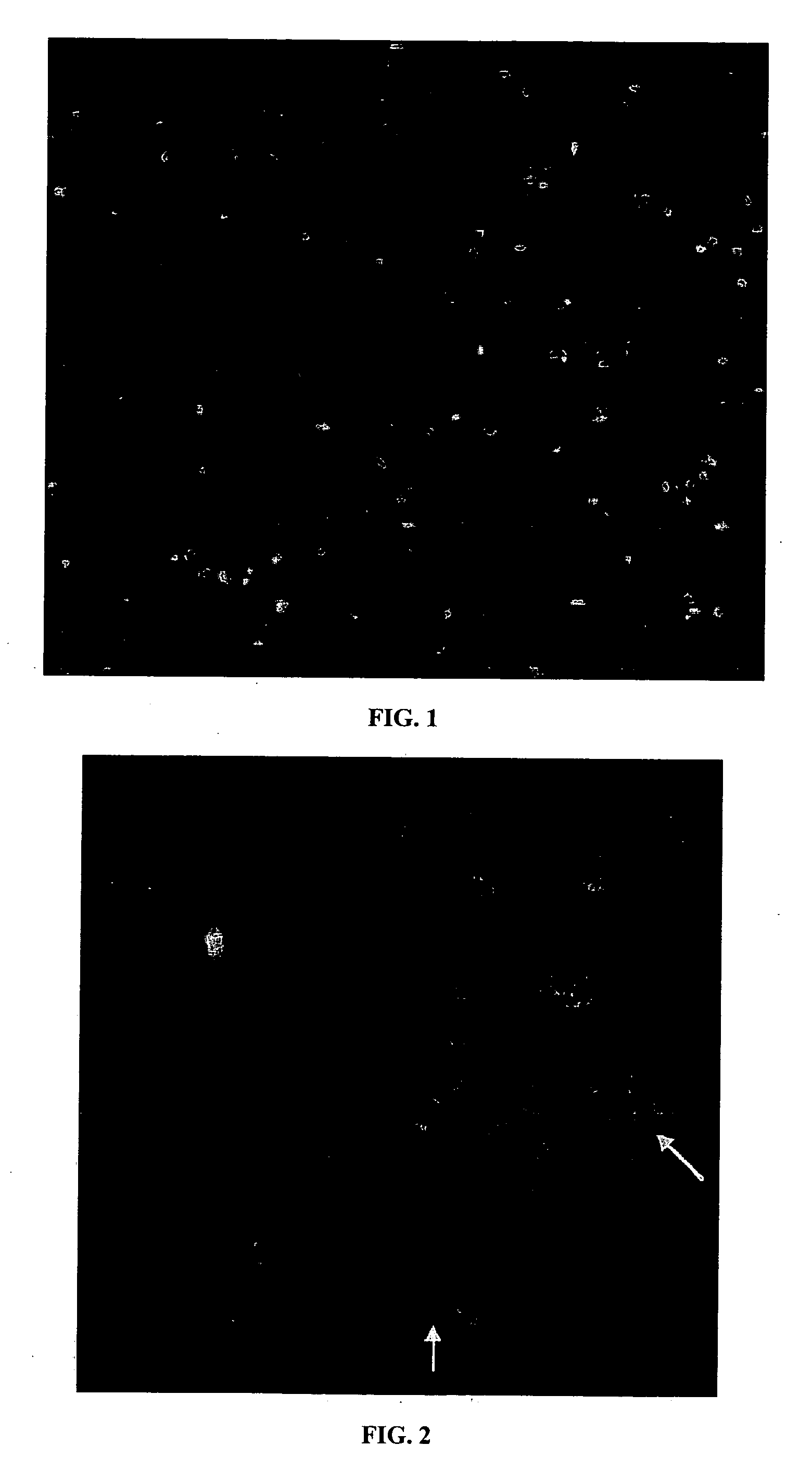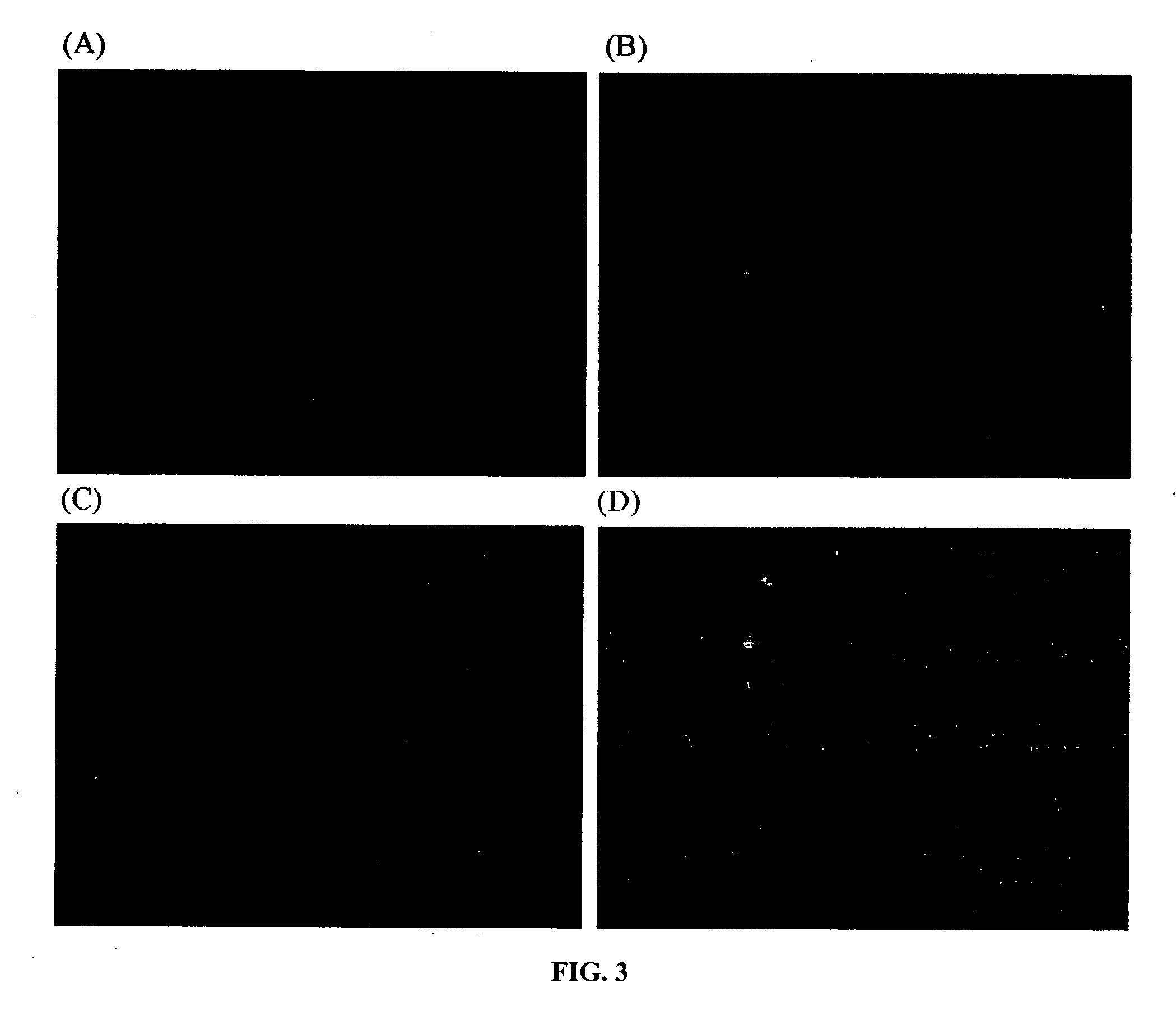Separation of chromosomes using an affinity-based magnetic bead separation in suspension
a magnetic bead and chromosome technology, applied in the direction of nucleic acid reduction, microorganisms, organic chemistry, etc., can solve the problems of clumping, difficult to assess the absolute levels of the different types of histone modifications in a cell simultaneously, and the difficulty of more detailed picture may prove to be much more complicated. , to achieve the effect of reducing the clumping
- Summary
- Abstract
- Description
- Claims
- Application Information
AI Technical Summary
Benefits of technology
Problems solved by technology
Method used
Image
Examples
Embodiment Construction
[0017] The present invention relates to a method for isolating and separating a target chromosome from a cellular sample. The method comprises the steps of (1) obtaining a cellular sample having a plurality of chromosomes, including the target chromosome; (2) arresting the cellular sample in metaphase; (3) extracting the plurality of chromosomes, including the target chromosome from the cellular sample; (4) labeling the target chromosome with a nucleic acid probe having a fluorescent reporter group to form a labeled target chromosome; (5) contacting the labeled target chromosome in suspension with an antibody against the fluorescent reporter group, with the antibody covalently linked via a linker to a magnetic bead; and (6) exposing the suspension to a magnetic field to separate the target chromosome from the plurality of chromosomes. In the present invention, the extraction step generally involves lysing the cellular sample with a hypotonic solution to form a suspension which conta...
PUM
| Property | Measurement | Unit |
|---|---|---|
| particle size | aaaaa | aaaaa |
| particle size | aaaaa | aaaaa |
| diameter | aaaaa | aaaaa |
Abstract
Description
Claims
Application Information
 Login to View More
Login to View More - R&D
- Intellectual Property
- Life Sciences
- Materials
- Tech Scout
- Unparalleled Data Quality
- Higher Quality Content
- 60% Fewer Hallucinations
Browse by: Latest US Patents, China's latest patents, Technical Efficacy Thesaurus, Application Domain, Technology Topic, Popular Technical Reports.
© 2025 PatSnap. All rights reserved.Legal|Privacy policy|Modern Slavery Act Transparency Statement|Sitemap|About US| Contact US: help@patsnap.com


